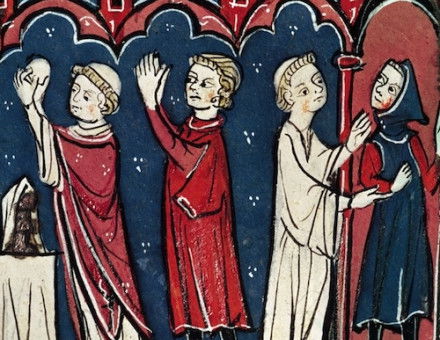Time and Time Again in Java
Revolutions and changes of dynasty seem to have happened with the regularity of clockwork on the island of Java. M.C. Ricklefs investigates.
Javanese civilisation is notable both for its antiquity and for its tendency to revel in the complex and mysterious. Animism – the belief in spirits in inanimate objects – has a long history and is a continuing force in Javanese society. The presence and influence in Java of Hindu and Buddhist mysticism, including extravagant forms of Tantric Buddhism, are documented from early in the first millennium AD in inscriptions, temples and works of Old Javanese literature.
Old Javanese mysticism tended towards the adoption of diverse religious imagery to form a distinctive mix describable as ecumenical syncretism. One example was the unity of the Hindu god Shiva and the Buddha. When Islam arrived in Java, at least by the later fourteenth century, mystical works not infrequently adopted ideas and imagery from Hindu-Buddhist thought and presented them in Islamic garb. Perhaps not surprisingly, the form of Islamic thought most clearly documented in early centuries is Sufi mysticism.





